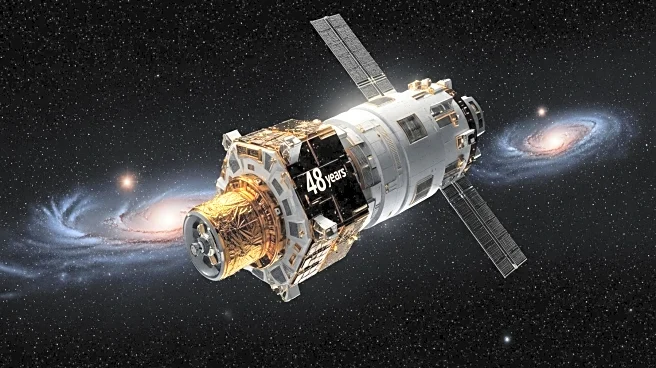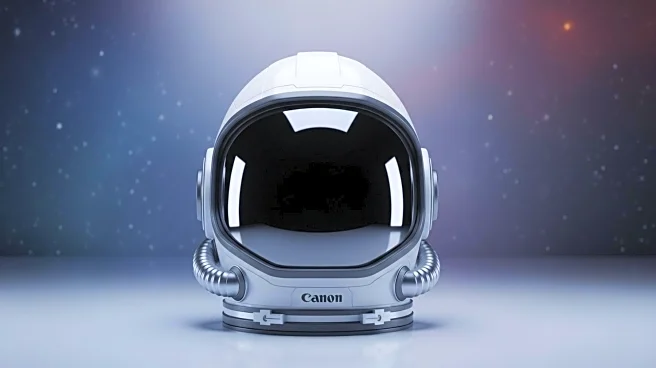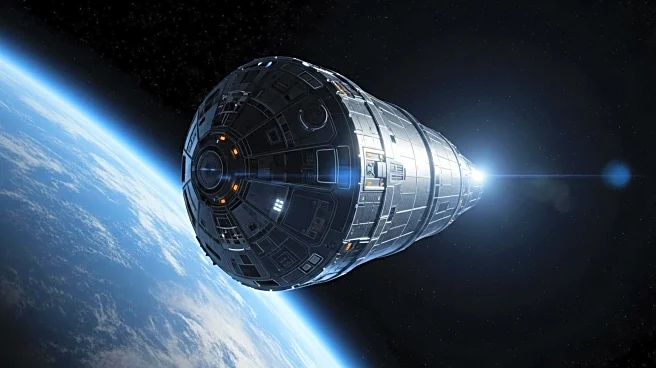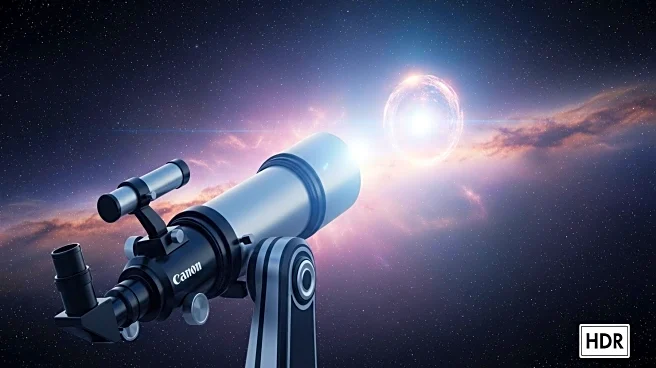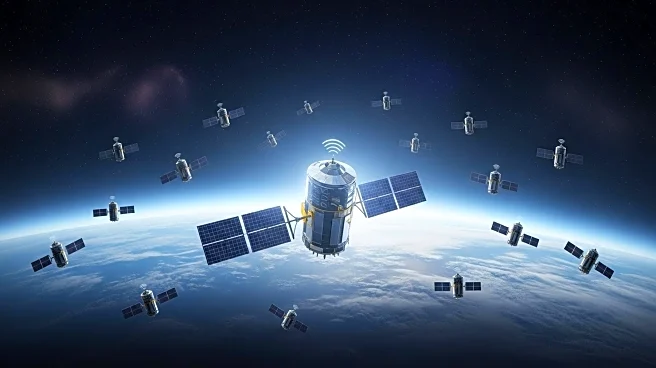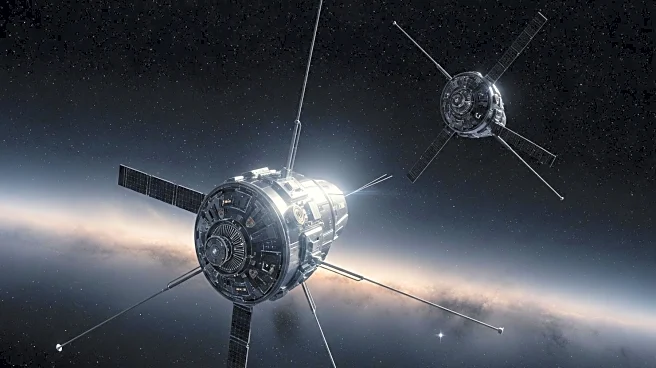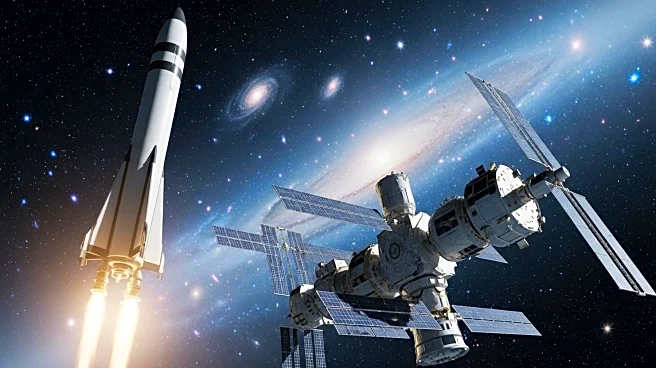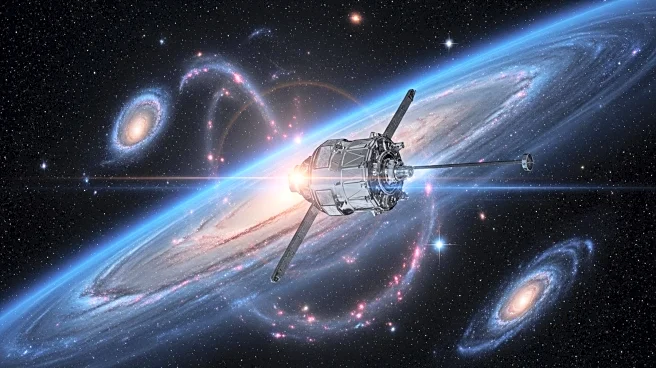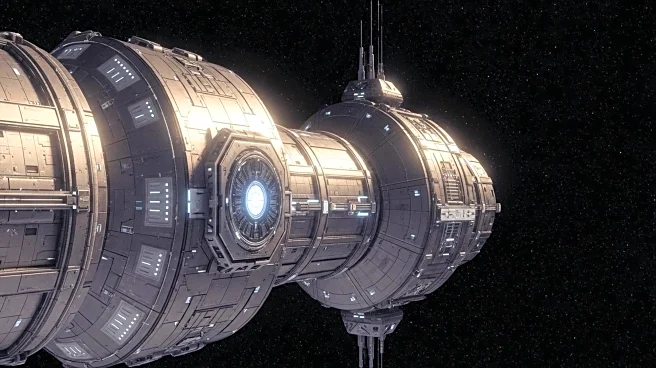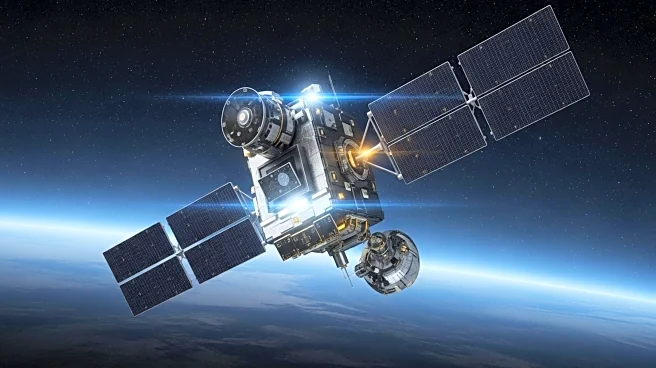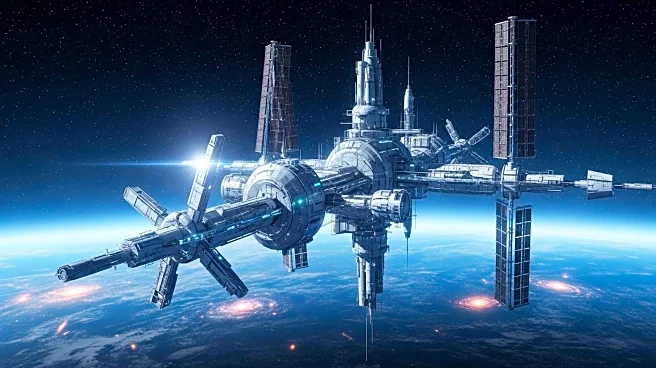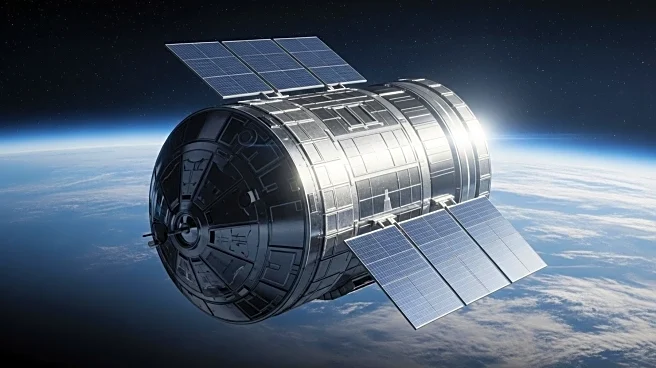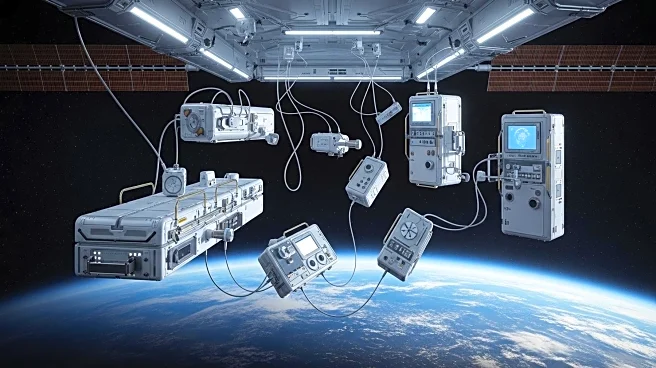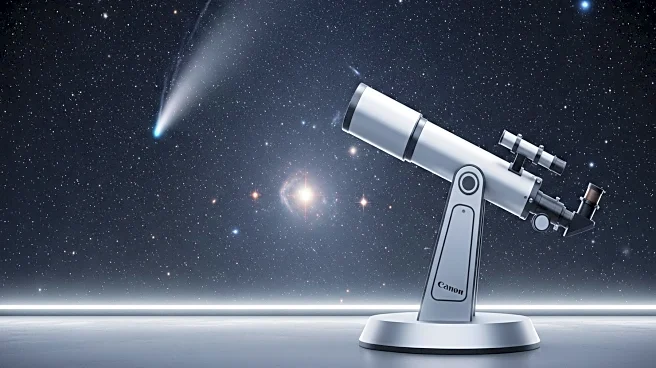What is the story about?
What's Happening?
Voyager 1, launched from Cape Canaveral in 1977, marks 48 years of space exploration. Initially tasked with studying Jupiter, Saturn, and Titan's atmosphere, the spacecraft continues to send data back to Earth. Despite its age, engineers expect Voyager 1 to remain operational into the 2030s, although its cosmic ray subsystem was recently deactivated to conserve power. The mission began with the 'Grand Tour' concept, aiming to use gravity assists to visit multiple planets. Voyager 1's journey included a close look at Titan and capturing the 'Solar System Family Portrait' in 1990.
Why It's Important?
Voyager 1's longevity and continued data transmission are remarkable achievements in space exploration, providing valuable insights into the outer planets and interstellar space. The mission has contributed significantly to our understanding of the solar system and beyond, influencing future space missions and scientific research. Its success underscores the importance of long-term planning and innovation in space technology, inspiring new generations of scientists and engineers.
Beyond the Headlines
Voyager 1's journey highlights the challenges and triumphs of space exploration, including the need for resourcefulness in overcoming technical issues. The mission's legacy extends beyond scientific discoveries, symbolizing human curiosity and the quest for knowledge. As Voyager 1 continues its journey, it serves as a testament to the potential of space exploration to unite and inspire humanity.
AI Generated Content
Do you find this article useful?
